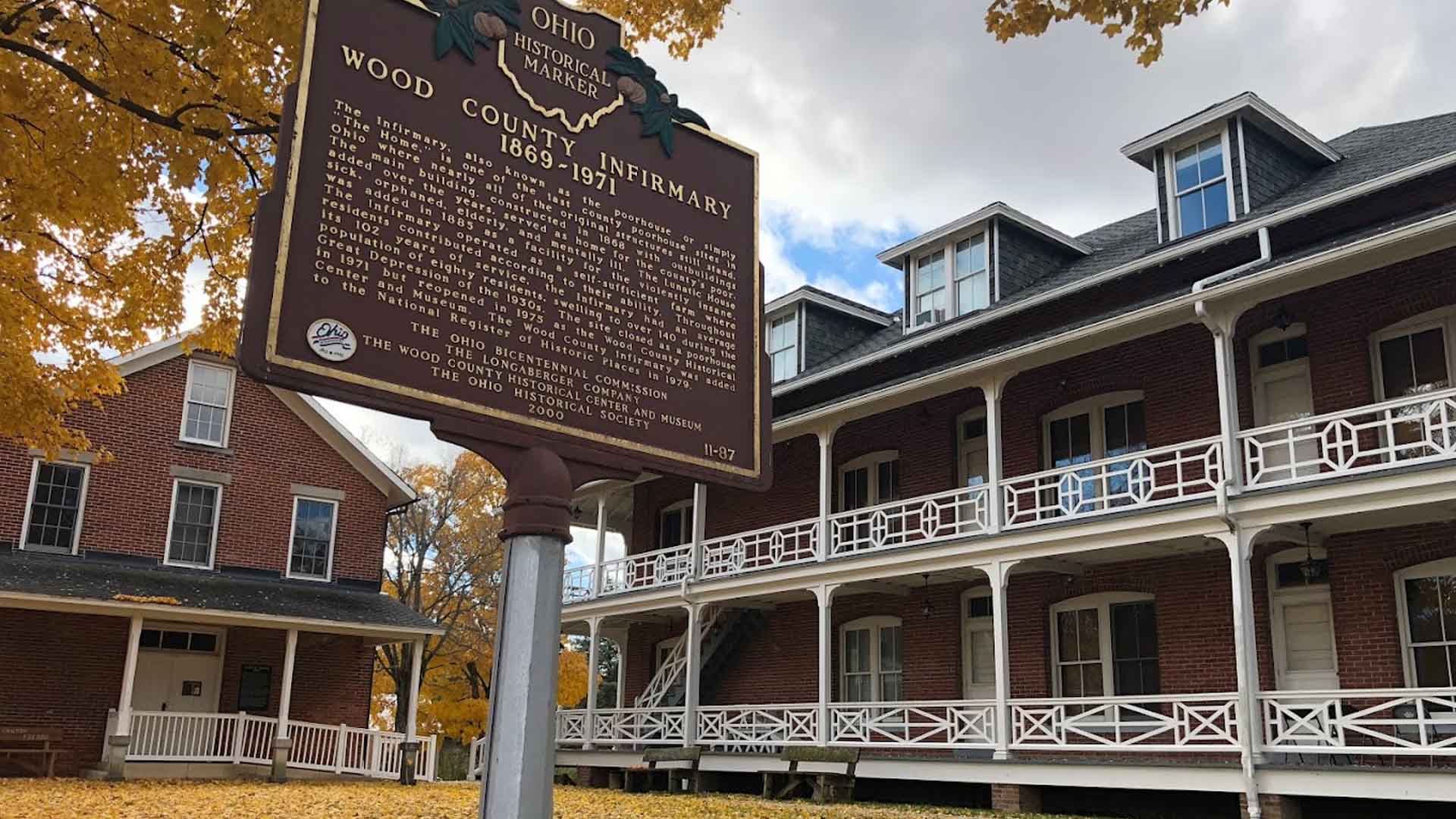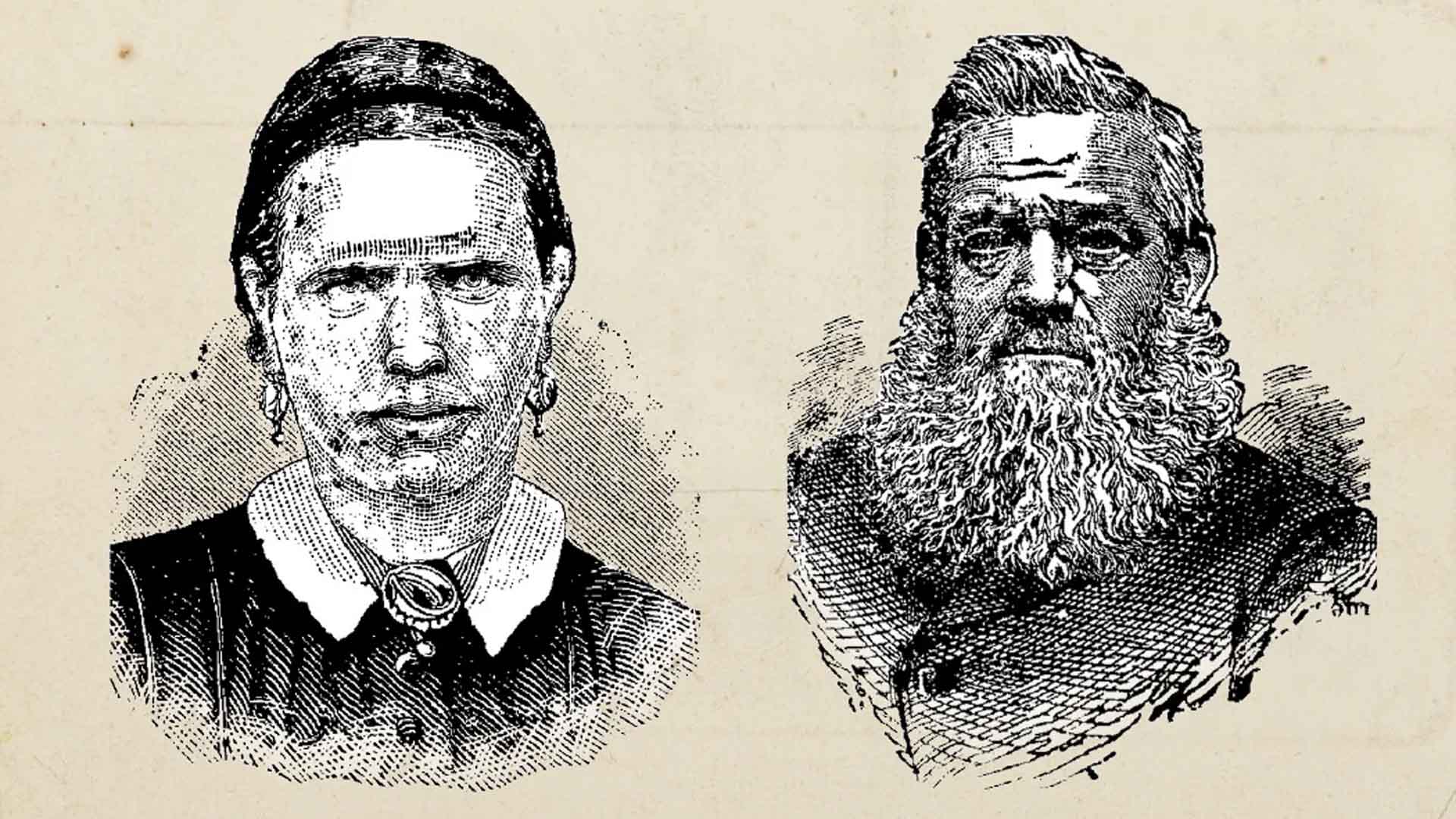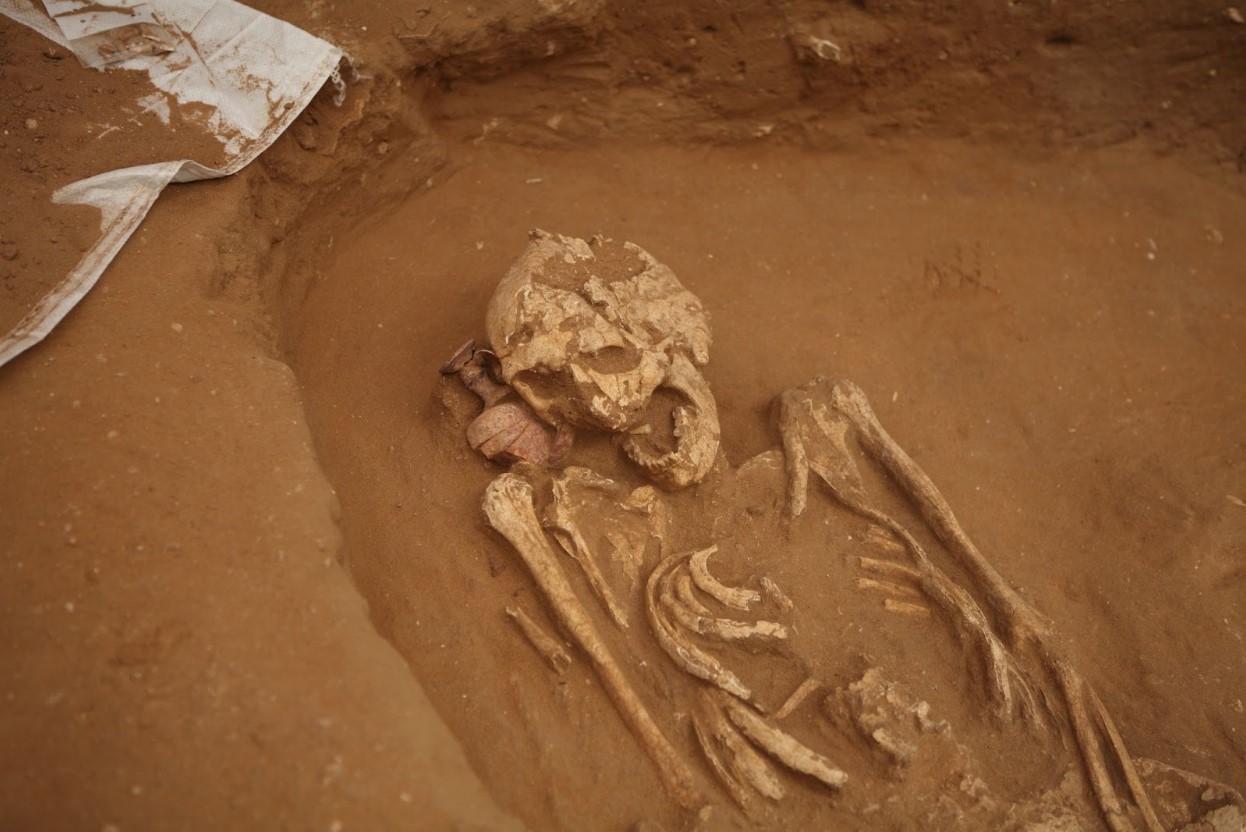The Creepy History of this Ohio Legend
In the quiet town of Bowling Green, Ohio, an eerie artifact once drew the curious and the brave. Mary Bach’s severed fingers, cut off by her husband in a brutal act of violence in 1881, became symbols of the town’s dark history.
Displayed in a jar for over a century, these fingers fascinated and horrified, anchoring Bowling Green’s place on the map of the macabre.
From Evidence to Exhibition
The fingers, initially preserved as grim evidence of domestic abuse and murder, transitioned to a public spectacle in the early 1890s (via JSTOR Daily).

Source: Katrin Bolovtsova/Pexels
Housed in the county’s new courthouse, they were displayed alongside the very tools of Mary’s tragic end: the corn knife used in her murder, the noose that ended her husband’s life, and the execution hood.
A Gory Attraction
Visitors and locals alike were drawn to the Wood County History Center, not just for history, but for the chills and thrills the gruesome display offered.

Source: Wood County Museum
The exhibit spoke to the human fascination with death and tragedy, turning a personal story of violence into a public spectacle. This blend of history and horror created a unique draw, pulling in crowds eager to glimpse the morbid side of human nature.
Controversy and Closure
By 2014, the narrative began to shift. The museum, reflecting on the ethics of displaying human remains, decided to remove the fingers. This decision sparked a broader conversation about the line between education and exploitation, between memorializing the past and sensationalizing tragedy.

Source: @DidYouKnow/YouTube
The museum faced a dilemma: How do we respect the memories of those who suffered while acknowledging our history?
Remembering Mary Bach
Amid the controversy, the true story of Mary Bach began to resurface, shedding light on the woman behind the artifact. Mary’s life, marked by abuse and a tragic end, was more than just a footnote to the gruesome exhibit.

Source: The Wood County Historical Society
She was a mother, a wife, a sister, and a victim of domestic violence, whose story had been overshadowed by the sensationalism surrounding her severed fingers. The shift in focus from artifact to individual brought her humanity back into the narrative.
The Dark Side of Local Lore
The fingers became a part of Bowling Green’s identity. As locals and visitors spun tales around “The Fingers,” the line between fact and folklore blurred.

Source: Clem Onojeghuo/Unsplash
This local lore, fascinating yet fraught with inaccuracies, highlighted how easily the truth can be overshadowed by myth, especially when tragedy becomes a public spectacle.
Re-evaluation and Return
In 2020, the decision was made to reintroduce the fingers to the public, but with a crucial difference (via BG Independent Media). This time, the display aimed to contextualize the tragedy, focusing on domestic abuse and social welfare rather than mere spectacle.

Source: Wood County Museum
This shift reflected a growing awareness of the importance of presenting history with sensitivity and a focus on educational value rather than shock factor.
The Ethical Dilemma
The story of Mary Bach’s fingers raises important ethical questions. What is the line between education and exploitation? How should we handle artifacts of tragedy and violence?

Source: Dan Porges/Getty Images
This debate is not unique to Bowling Green but reflects a broader societal struggle with how we remember and exhibit our collective pasts, especially when it involves human suffering — something that the BBC has explored in depth.
A Community Divided
Bowling Green’s community found itself at a crossroads, divided between those who saw the exhibit as a valuable piece of local history and others who felt it was inappropriate and disrespectful.

Source: Terje Sollie/Pexels
This division mirrors larger debates about how communities remember their histories, honor their dead, and choose to tell their stories.
The Impact of Dark Tourism
The fascination with the Bach exhibit is part of a larger trend known as “dark tourism.” This phenomenon, where people visit sites of tragedy or disaster, according to the Washington Post, raises questions about why we are drawn to these places.

Source: Tumblr
What does this say about human nature and our approach to history? The Bach fingers serve as a case study of the allure and complexities of this trend.
Learning from the Past
Mary Bach’s fingers, beyond their initial shock value, offer a lesson in remembering and understanding our past.

Source: Freepik
They remind us of the human stories behind historical artifacts and challenge us to think about how we memorialize those who have suffered.
Looking Forward
As we move forward, the Bach exhibit stands as a reminder of the delicate balance museums and societies must maintain. It’s a balance between telling the truth, however grim, and respecting the dignity of those involved.

Source: Ingfbruno/Wikipedia
Bowling Green’s journey with “The Fingers” contributes to the conversation about our relationship with the past and how we navigate sensitive subjects as a community.
